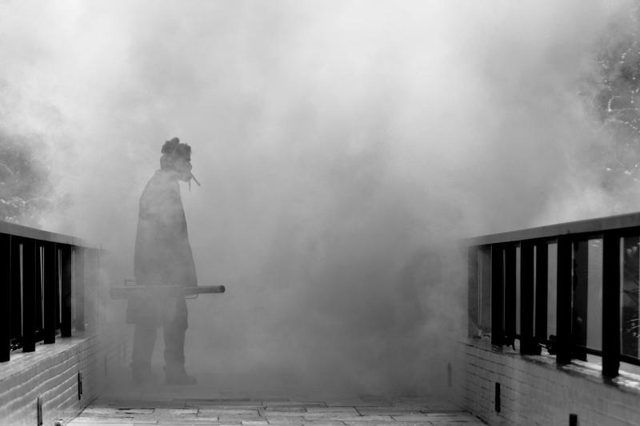Bulbs
Flower Basics
Flower Beds & Specialty Gardens
Flower Garden
Garden Furniture
Garden Gnomes
Garden Seeds
Garden Sheds
Garden Statues
Garden Tools & Supplies
Gardening Basics
Green & Organic
Groundcovers & Vines
Growing Annuals
Growing Basil
Growing Beans
Growing Berries
Growing Blueberries
Growing Cactus
Growing Corn
Growing Cotton
Growing Edibles
Growing Flowers
Growing Garlic
Growing Grapes
Growing Grass
Growing Herbs
Growing Jasmine
Growing Mint
Growing Mushrooms
Orchids
Growing Peanuts
Growing Perennials
Growing Plants
Growing Rosemary
Growing Roses
Growing Strawberries
Growing Sunflowers
Growing Thyme
Growing Tomatoes
Growing Tulips
Growing Vegetables
Herb Basics
Herb Garden
Indoor Growing
Landscaping Basics
Landscaping Patios
Landscaping Plants
Landscaping Shrubs
Landscaping Trees
Landscaping Walks & Pathways
Lawn Basics
Lawn Maintenance
Lawn Mowers
Lawn Ornaments
Lawn Planting
Lawn Tools
Outdoor Growing
Overall Landscape Planning
Pests, Weeds & Problems
Plant Basics
Rock Garden
Rose Garden
Shrubs
Soil
Specialty Gardens
Trees
Vegetable Garden
Yard Maintenance
Household Pest Larvae Identification
Household Pest Larvae Identification. Dealing with insect pests in the home becomes more difficult if you can’t identify the creatures. The appearance of an immature, or larval, insect is quite different from its adult form. A close look at the bug for the presence of legs, along with its location within your home will help identify the pest...

Dealing with insect pests in the home becomes more difficult if you canít identify the creatures. The appearance of an immature, or larval, insect is quite different from its adult form. A close look at the bug for the presence of legs, along with its location within your home will help identify the pest so you can choose the appropriate method to eradicate it.
In the Pantry
Beetles, flies and moths are common pantry pests. Beetle larvae, or grubs, typically have three pairs of legs, one on each segment of their thorax, behind a distinct head. The body is elongated, worm-like and smooth. Fly larvae, or maggots, are smooth, worm-like, legless creatures. Moth caterpillars have legs and often extra fleshy appendages called prolegs on their abdomen. Beetle pantry pests include grain, flour and larder beetles along with bean and rice weevils. Maggots are common in rotting food or trash. The Indian meal moth is usually found in dried pet food, nuts and seeds.
On Furniture or Clothing
Carpet beetles larvae are 1/8 inch long, with tufts of hair. These and clothes moths are common around textiles in the home. Identify clothes moths by their distinct hiding case constructed of textile fibers and silk. Wood boring beetles are worm-like with enlarged heads and leave a pile of sawdust near wooden furniture and structures in the home.